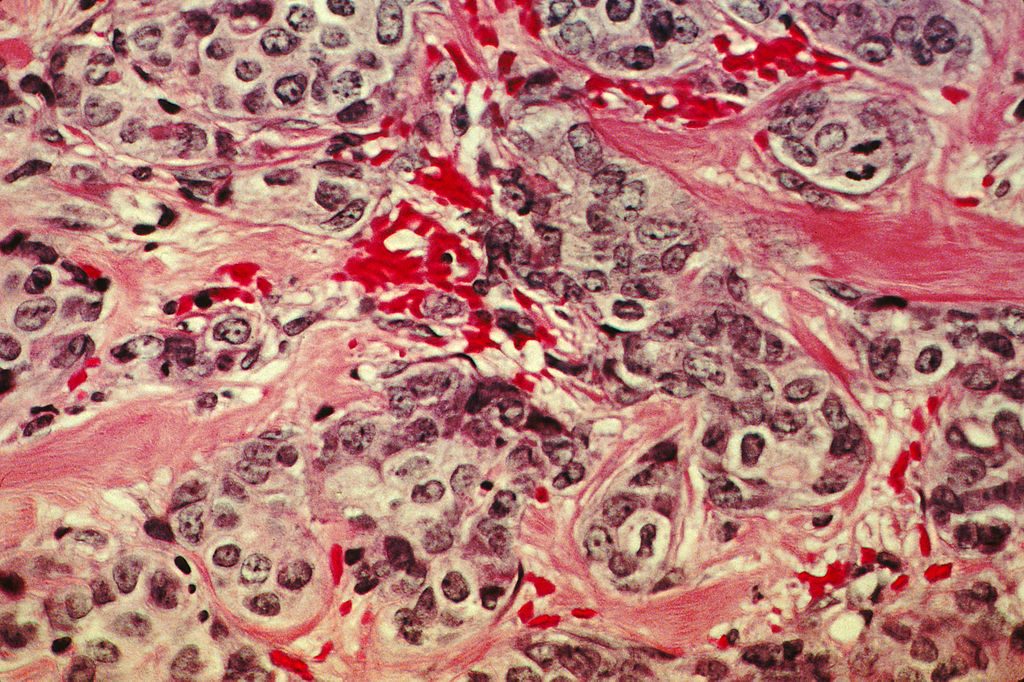Continuity of interstitial spaces across tissue and organ boundaries in humans
A new study by Neil Theise and colleagues from New York University Grossman School of Medicine proposed that our body has networks, comprising collagens, elastin, glycosaminoglycans, and other extracellular matrix components, that wrap through all tissues and organs. The fibrous coverings of nerves and blood vessels create structural continuity beyond organ boundaries. The study was published in Communications Biology.
Studies have shown the continuous connective tissue network throughout the body. In osteopathy, it has been suggested that these connective tissue networks contain fluid and represent a body-wide communications network akin to interstitial spaces.
The authors investigated whether interstitial spaces are continuous through the body.
First, they injected non-biological particles (tattoo pigment, colloidal silver) that were tracked within colon and skin interstitial spaces and into the adjacent fascia. Second, they visualized hyaluronic acid, a macromolecular component of interstitial spaces.
Non-biological pigment particles (cosmetic tattoos and colloidal silver in the skin and endoscopically injected tattoo pigment in the colon) are found within subcutis and mesentery. These sites are distant from their entry sites into the body and indicate movement across classically defined tissue boundaries.
Hyaluronic acid staining shows that interstitial spaces are continuous between tissue compartments and fascial planes in the colon, skin, and liver and within the fibrous tissues around blood vessels and nerves.
Based on the results, the authors suggest the continuity of interstitial spaces within organs (shown for skin and colon) and outside of organs (shown for skin into subcutis and colon into mesentery).
The authors concluded that the fibrous layers of nerves and blood vessels have no discrete separation from the fibrous components of the organs through which they travel. Likewise, their interstitial spaces are not segregated from each other. This body-wide network of fluid-filled interstitial spaces has significant implications for molecular signaling, cell trafficking, and the spread of malignant and infectious diseases.

